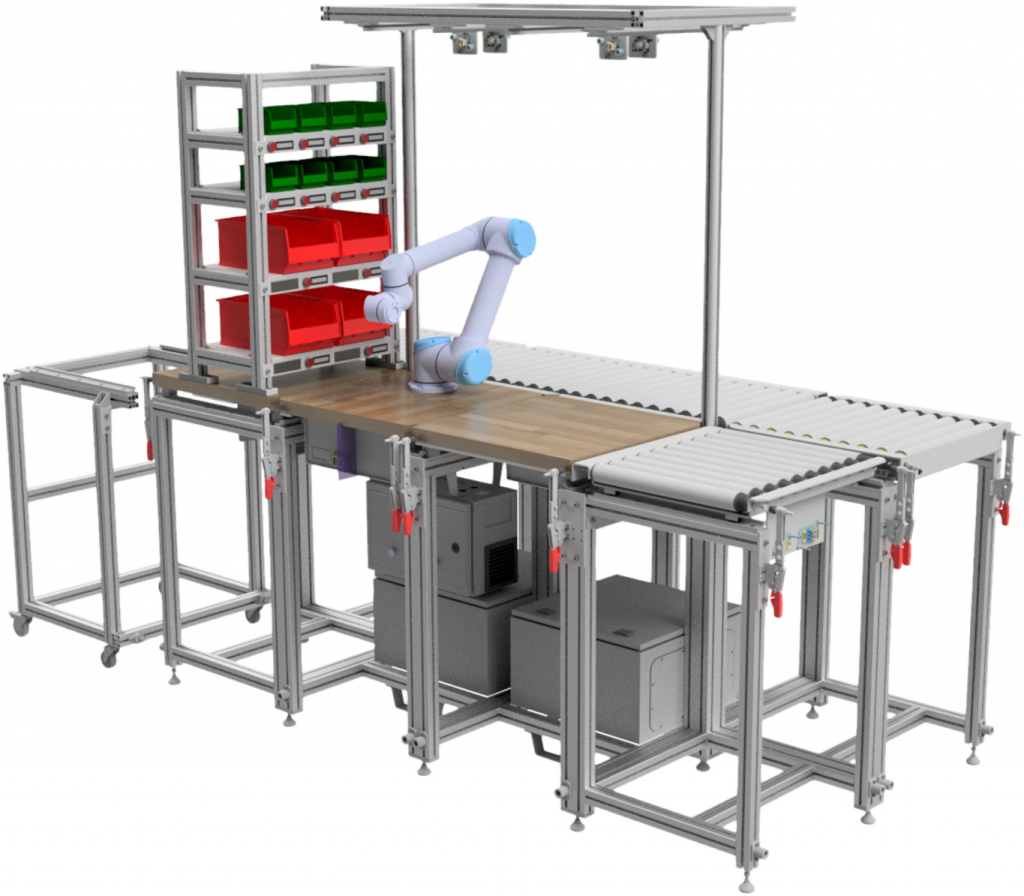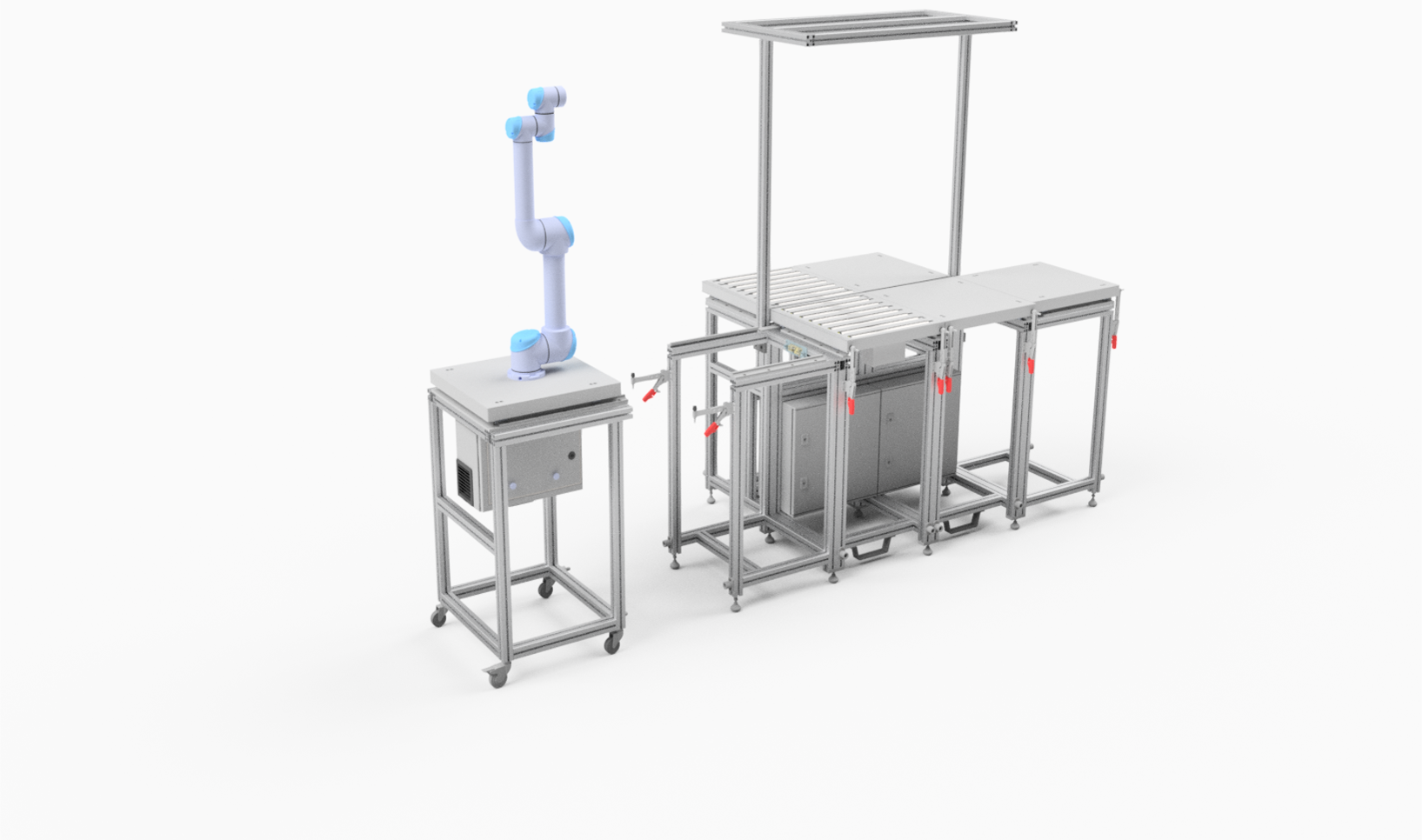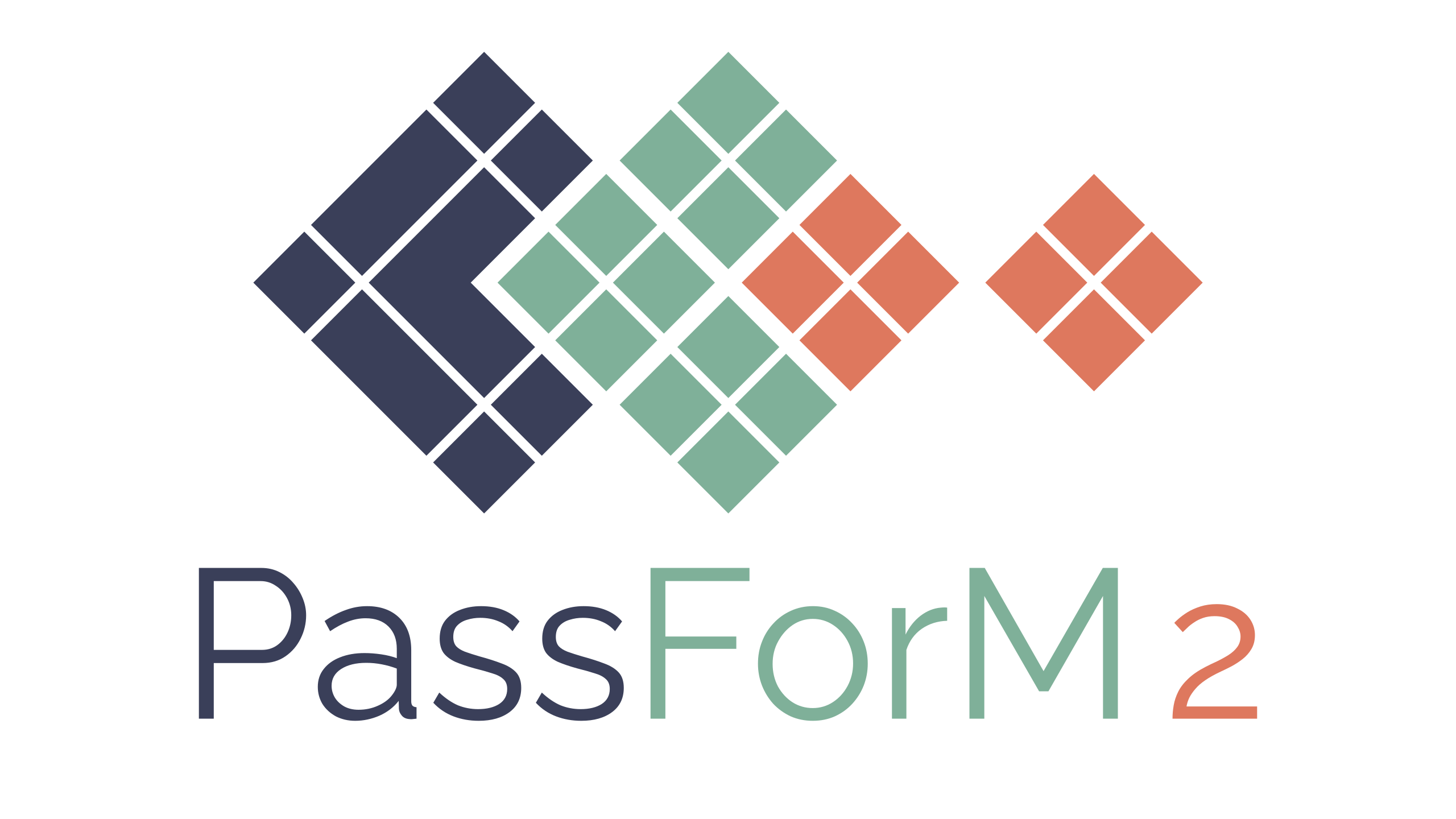PassForM2
Component assembly is an important process in industrial manufacturing, accounting for 50% of production time and 20% of production costs. Increasing the flexibility and gradual automation of assembly processes therefore offers considerable potential. Easily scalable solutions are therefore essential.
Modular and flexible assembly stations based on process-oriented system concepts can have a positive impact on costs, product quality and responsiveness to market changes, as well as increasing profitability and competitiveness.


Flexible and easy to customize assembly stations
As part of the PassForM project, a new type of hybrid assembly system is being developed to achieve reconfigurability with modularity for assembly workstations. Individual functional modules enable a needs-based switch between manual, hybrid and automatic assembly. The combination of individual modules allows product-independent assembly with a degree of automation that can be adapted to suit requirements and the market. The aim is to combine the opposing requirements of productivity and flexibility in the medium-volume assembly sector in order to close the gap between manual and highly automated processes.

Project content
Modules extend the system with the features that are urgently required. Guide rails, simple plug-in mechanisms and innovative interlocks allow complex functions to be replaced quickly.
The entire system and its various modules are mirrored by a digital twin. It collects all the information and properties of the assembly workstation. This makes it possible to recognize at any time whether the system is well equipped for the next part or whether a change of modules is necessary.
An intuitive user interface allows staff to interact directly with the system. The digital twin is used for decentralized planning, optimization and processing of sub-processes. People can see which steps are to be carried out next and which movements the system will carry out itself.
A special software architecture provides the interface between the modules and assembly stations. It combines the digital twins of the modules with a semantic process/resource representation and an algorithm for requesting resources.
